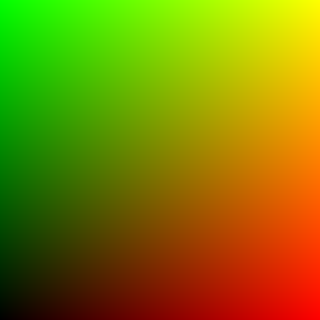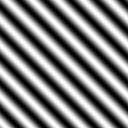Workshop GLSL - Noise - Chapter 1 - Base

Explanations
Here is our shader base.
We tell Processing that’s our shader is a color shader (very basic)
#define PROCESSING_COLOR_SHADER
Then we define 2 uniform parameters
- time : an arbitrary number increasing over the time (in seconds)
- resolution : the screen size in pixels (width and height as 2D vector)
Uniform mean that’s these “variables” will have the same value for the shader pass (that is a frame). Obviosly, these values will varying frame to frame. These are “variable” in application scope but “constants” in frame scope.
uniform float time;
uniform vec2 resolution;
Here is our main shader function called for each texel (each screen pixel in our case)
void main( void ) {
First let compute position in screen coordinates form 0 to 1. gl_FragCoord is in pixel so we need to scale it. That’s with we use the resolution uniform to make our shader independent to screen size.
vec2 position = gl_FragCoord.xy / resolution.xy;
Finally we set the screen color. For test purpose, we set Red and Green with x/y position to test it’s ok. We leave blue channel to 0 and alpha channel to 1. Result is expected to be a wonderfull gradient :
- black to red on X
- black to green on Y OpenGL use lower left coordinates so we expect the lower-left corner to be black on upper-right to be yellow (red and green)
gl_FragColor = vec4(position.x, position.y, 0.0,1.0);
}
Full Code Source
#define PROCESSING_COLOR_SHADER
uniform float time;
uniform vec2 resolution;
void main( void ) {
vec2 position = gl_FragCoord.xy / resolution.xy;
gl_FragColor = vec4(position.x, position.y, 0.0,1.0);
}

